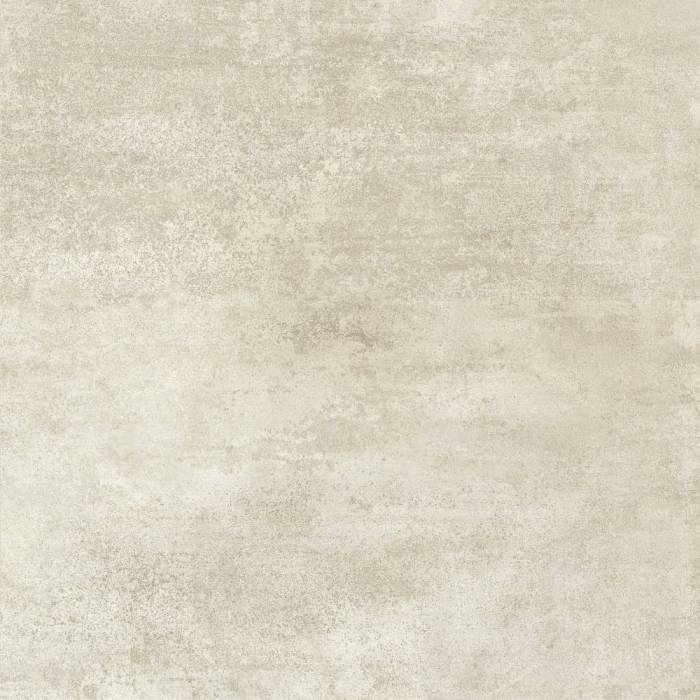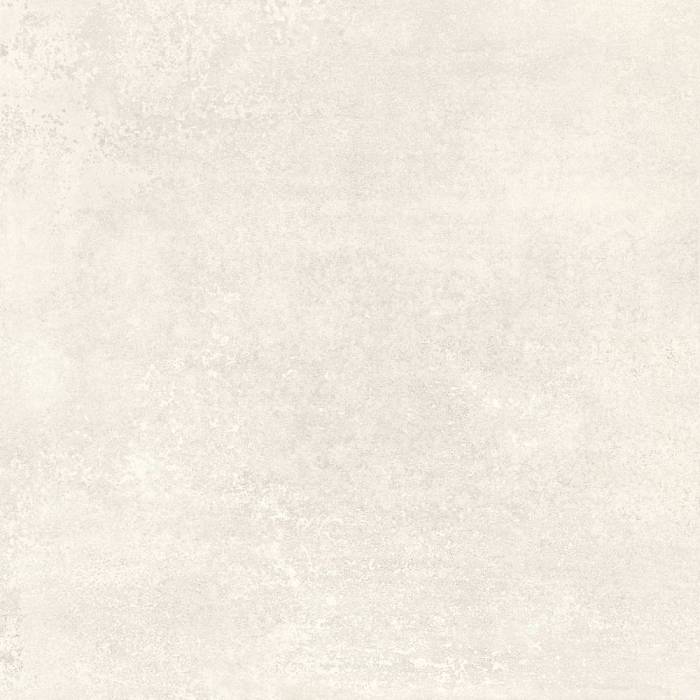Exploring Cement Stucco Siding: A Comprehensive Guide
Embark on a journey into the world of cement stucco siding, a versatile and durable material that has become a popular choice in modern construction projects. Discover the key aspects of this siding option and how it can enhance the aesthetic appeal and longevity of buildings.
As we delve deeper, you'll uncover the intricacies of cement stucco siding, from its composition to installation, maintenance, and design options. Get ready to explore all there is to know about this fascinating building material.
Introduction to Cement Stucco Siding

Cement stucco siding is a building material made of cement, sand, and water mixed together to create a smooth plaster-like finish. It is commonly used on the exterior of buildings to provide a durable and attractive finish.
Benefits of Using Cement Stucco Siding
- Durability: Cement stucco is highly durable and can withstand various weather conditions, making it a long-lasting option for exterior surfaces.
- Low Maintenance: Once properly applied, cement stucco requires minimal maintenance, saving time and money on upkeep.
- Fire Resistance: Cement stucco is non-combustible, providing an added layer of fire protection to buildings.
- Versatility: It can be tinted to various colors, textured, or even painted to achieve different aesthetic effects.
Popularity of Cement Stucco Siding in Modern Construction
In modern construction, cement stucco siding has gained popularity due to its versatility, durability, and aesthetic appeal. It is commonly used in residential and commercial buildings to create a sleek, modern look while providing a protective layer against the elements.
Additionally, advancements in stucco technology have made it easier to apply and maintain, further contributing to its widespread use in construction projects.
Installation of Cement Stucco Siding

When it comes to installing cement stucco siding, there are several key steps to follow to ensure a successful outcome. From preparing the surface to gathering the necessary tools and materials, each step plays a crucial role in the installation process.
Surface Preparation for Cement Stucco Siding
Before applying cement stucco siding, it is important to properly prepare the surface to ensure adhesion and longevity. Here are some tips for surface preparation:
- Clean the surface thoroughly to remove any dirt, dust, or debris that could affect the stucco's adhesion.
- Repair any cracks or damage to the existing surface to create a smooth and even base for the stucco.
- Apply a bonding agent or primer to the surface to improve adhesion between the stucco and the substrate.
Tools and Materials Required for Installation
Having the right tools and materials is essential for a successful installation of cement stucco siding. Here is a list of items you will need:
- Trowel: Used to apply and spread the stucco mixture onto the surface.
- Hawk: A flat board with a handle that holds the stucco mixture for easy access while working.
- Stucco mix: The main material used to create the stucco finish on the surface.
- Fiberglass mesh: Helps reinforce the stucco and prevent cracking over time.
- Bucket: To mix the stucco and water together to create the right consistency.
- Protective gear: Gloves, goggles, and a mask to protect yourself during the installation process.
Maintenance of Cement Stucco Siding
Proper maintenance of cement stucco siding is essential to ensure its longevity and appearance. By following some simple care tips, you can keep your siding in top condition for years to come.
Regular Inspections and Cleaning
- Inspect the siding annually for any cracks, chips, or damage.
- Clean the siding with a mixture of mild soap and water to remove dirt and grime.
- Use a soft-bristled brush or a low-pressure power washer to avoid damaging the stucco.
Addressing Cracks and Damage
- Repair any cracks promptly to prevent water infiltration and further deterioration.
- Fill in small cracks with a quality stucco patching compound.
- For larger damages, consult a professional to ensure proper repair and matching of the stucco texture.
Preventing Mold and Mildew
- Keep vegetation trimmed away from the siding to allow for proper airflow and prevent mold growth.
- Address any signs of mold or mildew immediately with a mixture of bleach and water.
Protecting Color and Finish
- Avoid using harsh chemicals or abrasive cleaners that can damage the stucco finish.
- Apply a fresh coat of paint or sealant every few years to maintain the color and protect the stucco from the elements.
Design Options with Cement Stucco Siding
When it comes to cement stucco siding, there are a variety of design options available to enhance the aesthetic appeal of a building. From different textures and finishes to a wide range of color choices, cement stucco siding offers versatility in design.
Textures and Finishes
- Smooth Finish: A sleek and modern look that provides a clean and uniform appearance.
- Swirled Finish: Adds a touch of elegance with a textured swirl pattern.
- Knockdown Finish: Creates a textured surface with a subtle mottled appearance.
- Rock Dash Finish: Incorporates small stones or aggregates for a rustic and natural look.
Color Options
- Neutral Tones: Shades of white, beige, and gray for a classic and timeless look.
- Bold Colors: Vibrant hues like red, blue, or green to make a statement and add personality.
- Earth Tones: Browns, greens, and tans for a harmonious blend with the natural surroundings.
Incorporating Cement Stucco Siding
Whether you're aiming for a modern, traditional, or Mediterranean style, cement stucco siding can complement a variety of architectural designs. Here are some ideas for incorporating cement stucco siding:
- Accent Walls: Use stucco siding to create a focal point on a specific area of the building.
- Trim and Molding: Enhance architectural details with stucco trim and molding for a cohesive look.
- Mix and Match: Combine stucco siding with other materials like stone or wood for a unique and customized appearance.
Concluding Remarks

In conclusion, cement stucco siding offers a myriad of benefits, ranging from durability to design flexibility. By understanding its components and proper upkeep, you can ensure a lasting and visually appealing exterior for your property. Dive into the world of cement stucco siding and elevate your building's aesthetics with this timeless choice.
Questions Often Asked
What is cement stucco siding made of?
Cement stucco siding is typically composed of cement, sand, and water mixed together to form a durable coating for exterior surfaces.
How do you care for cement stucco siding to ensure longevity?
To maintain cement stucco siding, regularly inspect for cracks or damage, clean with a mild detergent and water, and repaint every few years to protect against weathering.
What are some common issues that may arise with cement stucco siding?
Common issues include cracking, chipping, or discoloration due to weather exposure or improper installation. These can be addressed through repairs and proper maintenance.
What design options are available for cement stucco siding?
Design options include different textures, finishes, and colors to suit various architectural styles. From smooth finishes to textured patterns, cement stucco siding offers versatility in enhancing a building's appearance.




